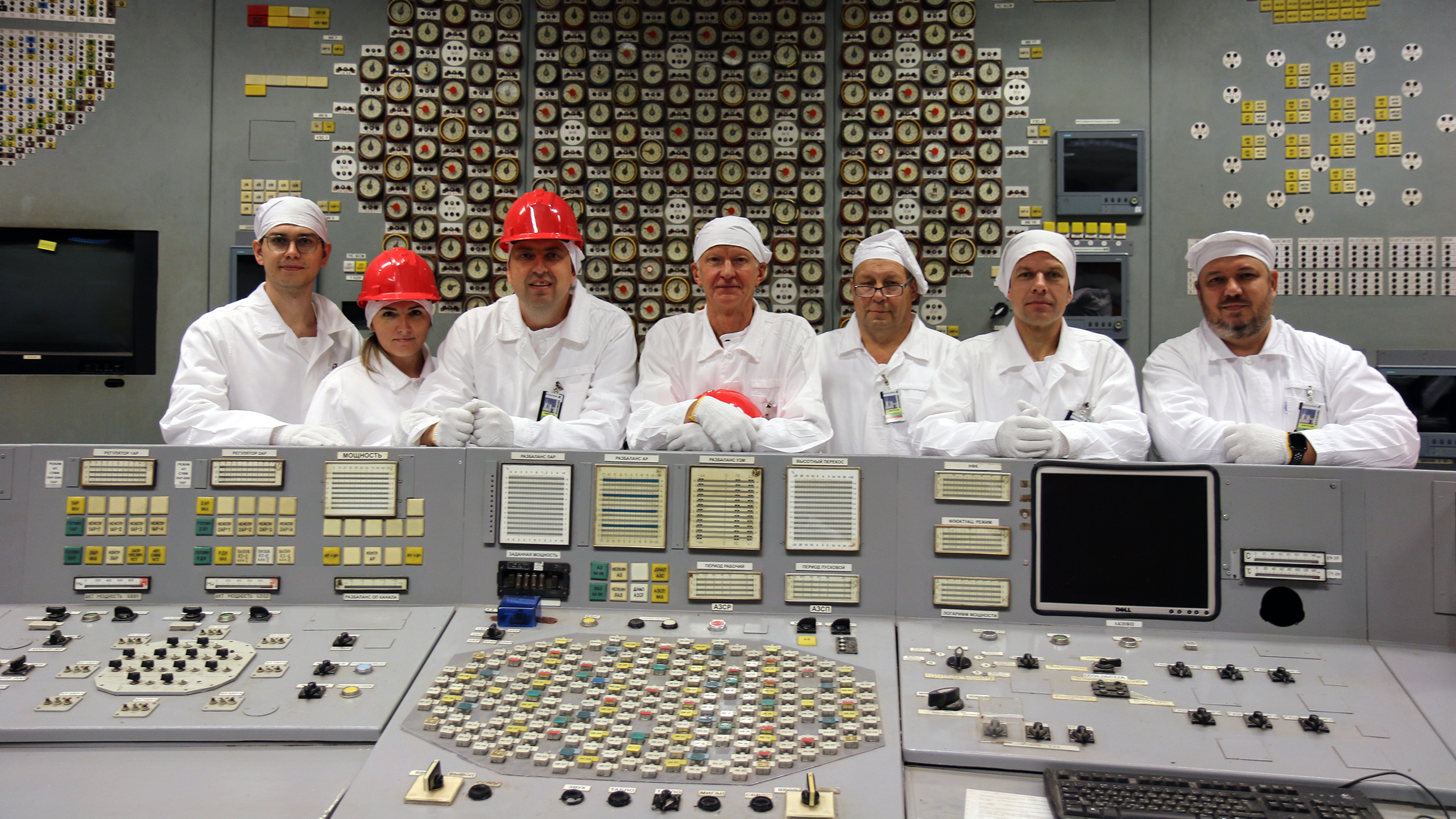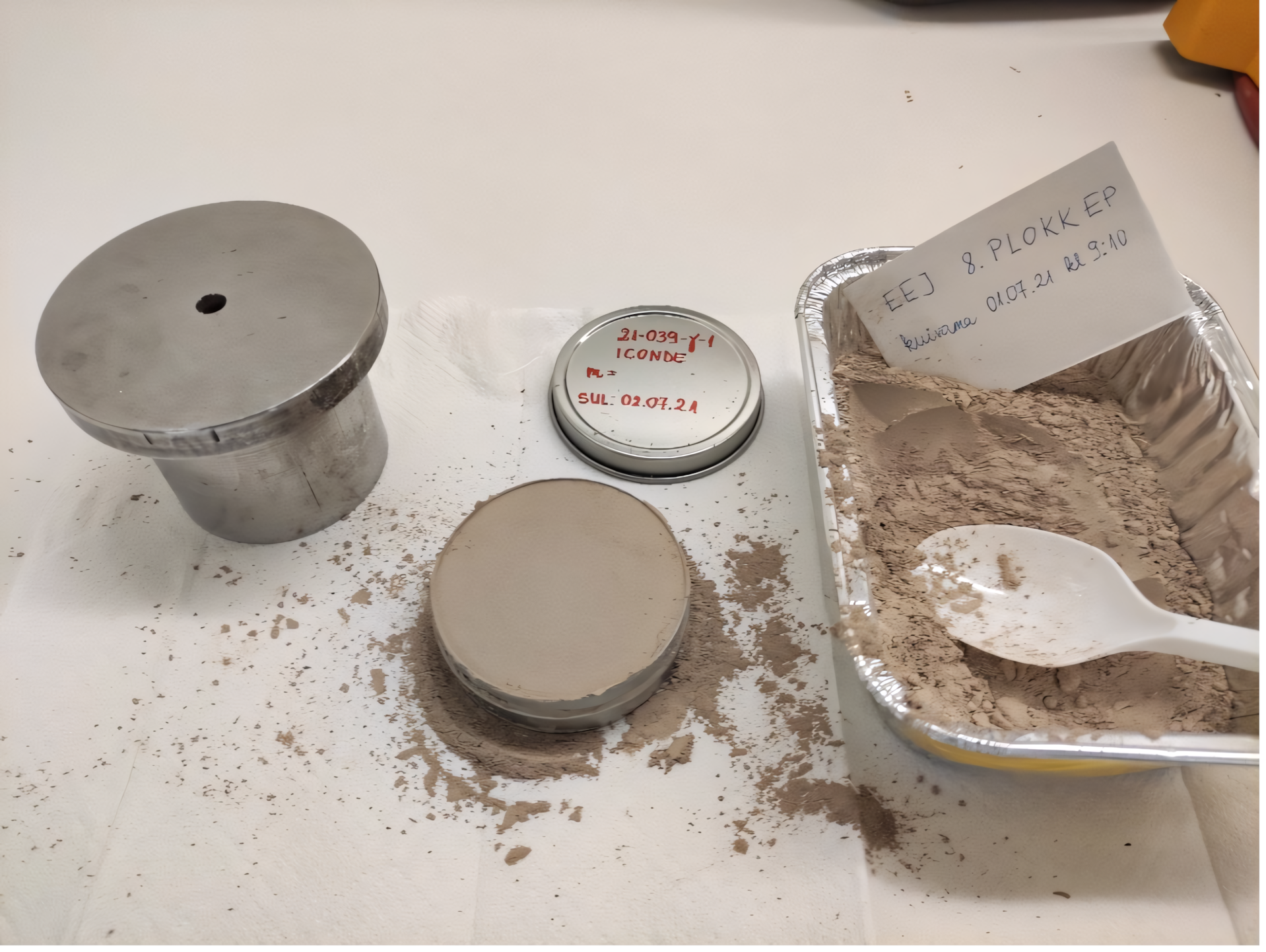The ICONDE project - Innovation in Concrete Design for Hazardous Waste Management Applications

Concrete is the primary material used in waste management, making it essential for the concrete industry to develop more environmentally friendly and effective concrete formulations for handling radioactive and hazardous waste. This need is relevant for all countries around the Baltic Sea and beyond.
ICONDE research project “Innovation in concrete design for hazardous waste management applications” within the frame of joint Baltic Research Programme is one of the projects, which is financially supported by the European Economic Area Grants of Iceland, Liechtenstein and Norway. The project, which ran from May 2021 to April 2024, aimed to develop innovative concrete solutions for hazardous waste management using oil shale ash (OSA) and basalt-boron fibers (BB). Project promoter - Riga Technical University. The project was developed in cooperation with Arctic University of Norway, University of Tartu and Lithuanian Energy Institute.
During the first project phase, activities centred on the chemical, mineralogical, and radiological characterization of materials to be used during the experimental stage. Comprehensive material characterization was essential to understand and manage processes in the next experimental stage. The experimental stage aimed to design composite concrete mixtures tailored to the needs of hazardous waste management and disposal. The University of Tartu (UT) and Riga Technical University (RTU) completed the characterization of materials. UT and Lithuanian Energy Institute (LEI) conducted an analytical study of oil shale ash (OSA) material properties. Project partners from LEI performed radiological and chemical characterization of various types of low-, intermediate-, and high-level radioactive waste types from the nuclear industry.
In the second phase, Riga Technical University in collaboration with Arctic University of Norway (UiT) performed broad experimental program, investigating mechanical properties of fiber concretes with varying concentrations of OSA and BB fibers. Based on data provided by LEI on concrete used in radioactive waste containers, four concrete recipes were accepted for future investigation: concrete with low compressive strength, medium strength, high strength, and one mix with a higher concentration of aggregates. Also, a new type of BB fiber was developed and patented.
In the third reporting period, the project’s scientific activities continued with numerical and experimental modelling of the new types of fiber concretes, which were divided into two modelling tasks: radiation shielding and modelling mechanical properties. UT and LEI conducted numerical modelling for radiation protection. While UT, LEI and RTU organized successful experimental verification of these numerical results in the Research Centre Rez (Czech Republic). RTU researchers advanced their modelling work with numerical thermo-mechanical properties of the developed fiber concretes and composites using finite element modelling (FEM). Stiffness, strength, load-bearing capacity (at room and at elevated temperatures) as well as crack formation and growth in fiber concrete samples were investigated. Theoretical data were validated through experiments conducted in RTU and UiT. Lithuania Energy Institute and UT thoroughly investigated mineralogical, elemental and microstructural properties of fiber concretes using XRD (X-ray Powder Diffraction), XRF (X-ray fluorescence spectroscopy), SEM-EDS/optical microscopy analysis. Also, differential thermal analysis; surface air and pore size distribution analysis were conducted by LEI.

A total of 1,450 different fiber concrete samples were produced experimentally and tested mechanically. Their optimum shale ash concentrations have been determined, as well as their preferred fiber contents. Work has also begun on polymer composites incorporating oil shale ash. The new type of fiber was developed, and a Latvian patent application was filed, which was not originally planned in the project. Key indicators of the project include the preparation of 12 joint scientific publications, one joint project proposal for further funding, one intellectual property protection claim, and altogether 27 researchers were supported.
The ICONDE project has significantly contributed to the achievement of the program’s objectives by fostering international cooperation between Baltic countries and establishing new connections with donor partners from Norway, specifically with the Arctic University of Norway (UiT). This collaboration has extended the possibilities for international cooperation, particularly in addressing hazardous waste management and the use of waste materials from the energy sector in Estonia and Lithuania. The partnership focused on sustainability and environmental solutions, aligning with innovative approaches to waste management.
The research teams shared complementary skills, knowledge, and resources to collectively address project’s research challenges. Each partner brought specialized expertise, in areas such as radioactive waste management in nuclear power plant, concrete technology, and material testing for hazardous and radioactive waste storage. This multidisciplinary approach enabled a comprehensive understanding of the project’s challenges and facilitated effective solutions. Regular online meetings, held every two weeks, ensured continuous communication and collaboration, enabling partners to discuss scientific topics, plan experiments, and share results efficiently.
Mindaugas Vaišnoras
Lithuanian Energy Institute
Mindaugas.Vaisnoras@lei.lt